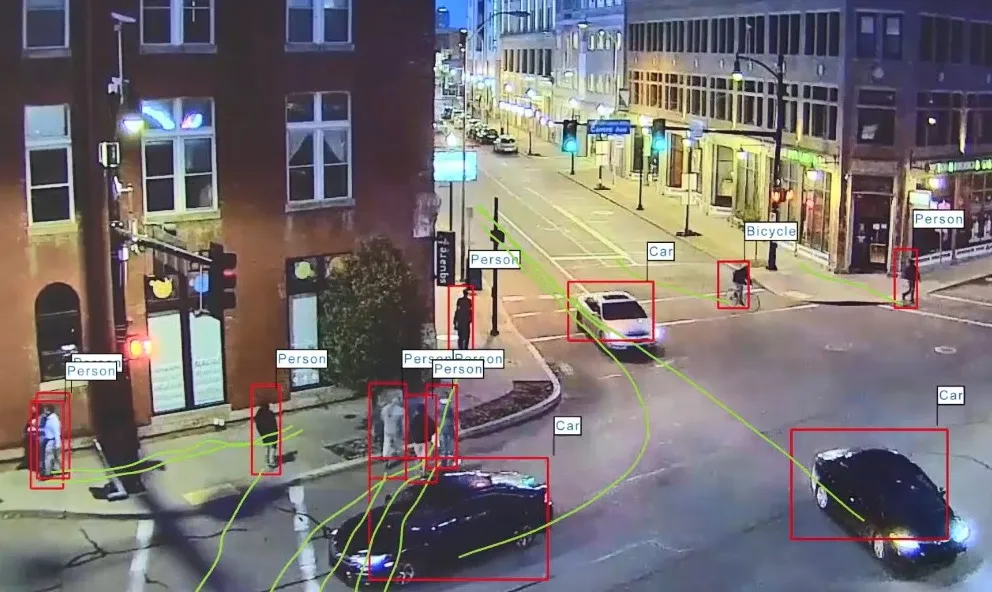Iteris will also be highlighting its involvement in the design and integration of the San Mateo Smart Corridor system along Highway 101. A combination of arterial message signs, improved broadband communications, and updated detection, ensures issues occurring on the 101 are properly diverted onto arterials to maximise throughput and relieve congestion quickly.
Another recent ITS activity in the Bay Area is the build-out of Traffic Management Centers (TMC) to actively manage traffic flow. Iteris is at the forefront of this activity, from TMC design and installation to providing world-class detection systems that provide live-video to operators. The company points out that live-video is more powerful today as operators rely on accurate detection and want to see what is happening in real-time. Iteris built the city of Santa Clara’s TMC in time for the recent Super Bowl, helping City engineers not only better manage daily traffic, but also during special events.
Iteris’ focus on keeping things moving in the Bay Area
Iteris will use ITS America 2016 San Jose to highlight the company’s ITS solutions in the Bay Area. Santa Clara County leads the charge by using performance measurement systems at the arterial level with real-time Bluetooth data and turning movement count data.
May 31, 2016
Read time: 2 mins










